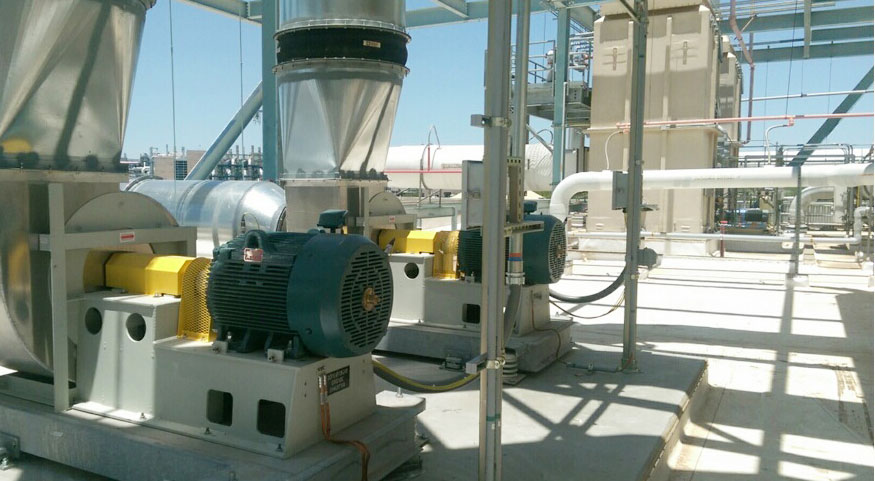The Use of Industrial Fans in the Agriculture Industry
The agricultural sector of any nation’s economy is vital to its gross domestic product and is an important contributor, not only to government coffers but also to maintaining the standard of living for the overall population. The industry is vast and global, multi-faceted and essential. It grows and rears, it produces and processes, transports and stores the lifeblood of the world’s populous, food. The world demands that the industry supply volume produces with controlled quality and standards.
Read More About: home renovation Dubai
Product consumption and demands are perpetual and forever increasing. The industry is a mechanism of evolution, progress and development. Today the shelves in our shops and supermarkets are stocked with fresh, quality produce from all over the world. Produce, which only a few generations ago, would be unavailable, even perhaps alien from one country to another.
The choice and quality of the products available to us are taken for granted, but it would not be possible if the industry had not developed ways in which to transport the demanded volume safely, securely and economically. One factor, second only to the harnessing of electricity, has made this possible. That one thing, that without we would still be reliant on subsistence farming, is the industrial fan.
High volume, low-speed industrial ceiling fans circulate the air in agricultural buildings more efficiently and effectively than by simply ventilating the building. Rotating at an optimized low speed, industrial ceiling fans are capable of moving most air over the largest area at the lowest cost. This allows for maximum cooling and destratification which reduces the building’s energy consumption by anything up to 30%.
Read More About: villa painting services in Dubai
Crop Cultivation with Industrial Fans
Much crop cultivation takes place in large, sprawling greenhouses, or greenhouse tubes. Industrial fans create the perfect environment for crop growth. Temperature and humidity can be controlled to improve crop quality and yield. With the help of industrial fans, non-indigenous crops can be grown by creating environments not akin to the location.
By utilizing centrifugal or axial fans and combining them with heat exchangers or humidifiers, micro-climates can be created which are suitable for cultivating and maintaining any crop, heating or cooling as and when necessary. Circulating fans will move large volumes of air with low pressure and equalize air temperature.
Crops may need to be stored and during storage, they are vulnerable to several causes of spoilage, they being, fungi, mites and insects. The grain is particularly vulnerable when being stored in silos. Modern, insulated silos are entirely reliant on having an unfluctuating, ambient atmosphere. Only industrial fans can maintain the quality and stability of the storage environment. With the correct choice of industrial fans, there is precise control of condensation, floor moisture, temperature and humidity.
Industrial Fans and Livestock
Thankfully we live in enlightened times, animal husbandry and welfare standards have never been higher or under more continual scrutiny. Improving the quality of life for livestock is not just a moral or ethical issue. Correct use of industrial fans in the rearing of livestock is good for profitability. Studies now show that livestock which is reared in convivial environments that maintain animal contentment improve profitability through the quality of egg, milk and meat production.
Where cattle sheds and milking barns have a temperature, humidity and destratification controlled by industrial fans milk yields are shown to be higher. The milk quality is also improved by increasing it’s fat and protein content. Stock reared for meat in controlled environments tend to be leaner and of a higher quality.
For breeding stables, intensive and battery farming a constant supply of clean fresh air are vital. Industrial exhaust fans are essential for the removal of unpleasant smells and exhalations. This is necessary for improving and maintaining the quality of the animal’s lives and increasing productivity. With industrial fans improving the air quality they help to reduce the probability of disease and epidemics to which livestock are vulnerable.
Animal feeds also benefit from the correct use of industrial fans. Forage crops very often need to be dried to reduce the moisture level to between 10-12 per cent. The correct levels of moisture are essential in ensuring the correct nutritional value of the feed whilst also reducing the risk of mould growth. Using hot air controlled by fans helps to ensure that the forage crop is produced and stored at its maximum quality.
Agriculture and Gas
A comparatively recent product of the agricultural industry is gas production. This comes from the fermentation of biological waste and can be used for the production of electricity. The processing and fermentation is somewhat specialist and areas laid over to this product may be classified as requiring compliance with “Appareils destinés à être utilisés en Atmosphères Explosives”, referred to as ATEX.
Agricultural gas production is dependent on industrial fans. But with the specialized ATEX classification of the production area and the equipment used within it, the industrial fans are also specialized. The industrial fans used by agriculture in gas production are fire and explosion-proof.
Agriculture, the Final Product
Be it wet or dry products from the farm, it has to be moved. Transportation has its own unique set of problems. Many of the products leaving the farm need to do so in a controlled environment, controlled by temperature and humidity. Most farm products leave the farm in vehicles specially equipped to ensure their quality and purity.
Products can now be transported over many miles thanks to reliable and efficient refrigeration. Through the use of industrial, ambient temperatures to fine tolerances can be maintained. Over international borders, across continents, all the way to the supermarket shelf, industrial fans and agriculture go hand in hand.
Once again this shows how the agricultural industry continues to push boundaries, to embrace new ideas, to evolve and develop. As processes in the industry move forward, the one thing that will move with them is the industrial fan.

